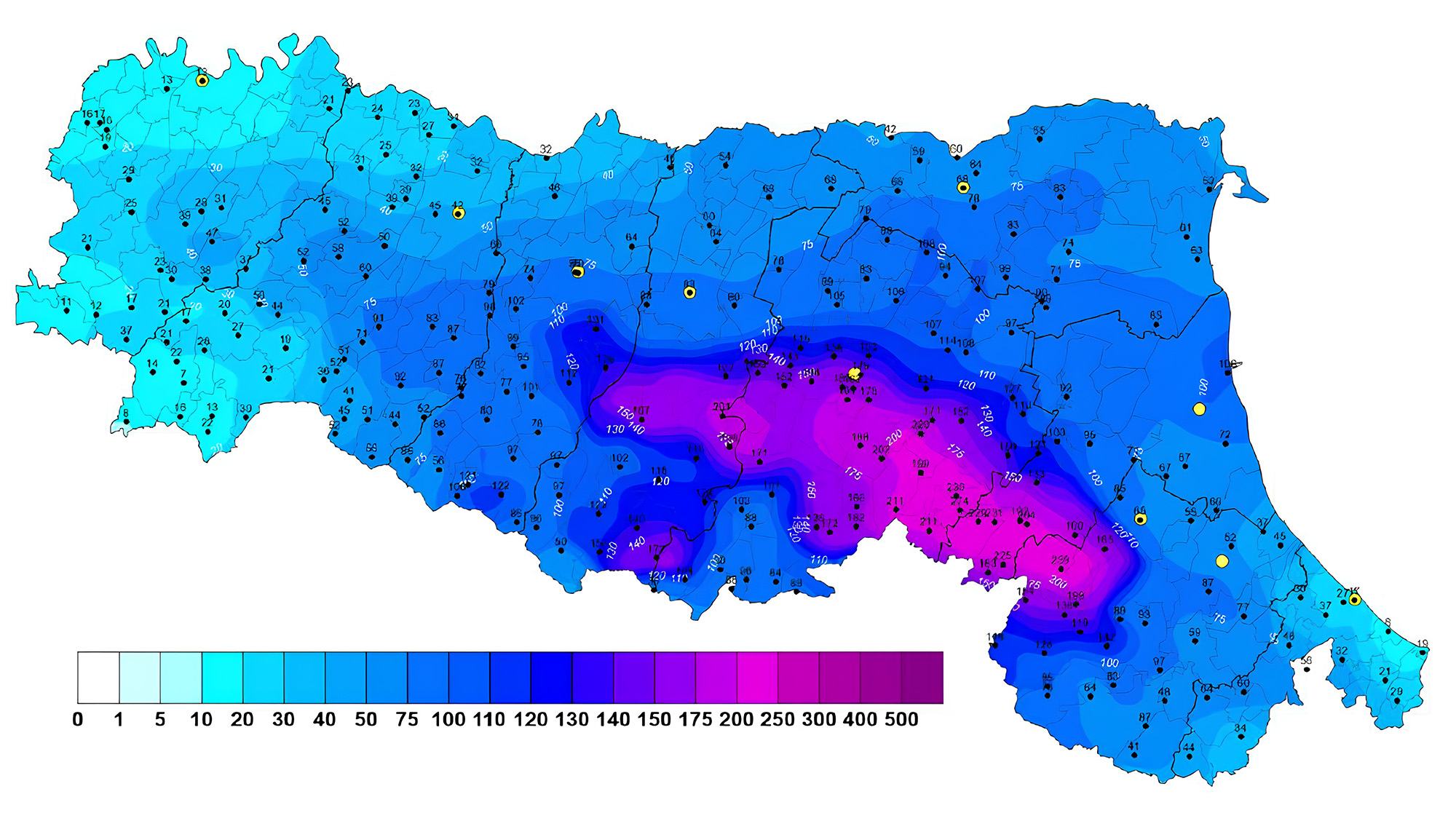GLORI4DE: GLObal to Regional ICON (GLORI) for Destination Earth (DE).
The GLORI4DE project is an innovative initiative aimed at making the Glori digital twin system interoperable with the European DestinE system and its digital twin engine (DTE). This effort focuses on improving how data is handled and managed within these systems to enable more efficient weather and climate modeling.
In the context of the project, the Data Management and Analytics group of CINECA, coordinator of the project, produced with VisitLab Cineca, in collaboration with Airpixel, a video trailer to explain the potential of the GLORI4DE project:
At the core of GLORI4DE are high-resolution regional simulations using the ICON model, developed by the COSMO consortium. These simulations rely on boundary and initial conditions from either DestinE’s IFS model or Glori’s global ICON runs. The ultimate goal is to ensure seamless interaction between these models and to integrate key services from the Destination Earth initiative, such as data storage (FDB), workflow management (ecFlow), and advanced modeling tools (polytope), into the Glori system.
GLORI4DE stands for “GLObal to Regional ICON for Destination Earth,” and it brings together two major weather and climate models: the ICON model from COSMO and the IFS model from ECMWF (European Centre for Medium-Range Weather Forecasts). By integrating these systems, the project aims to deliver an on-demand, high-resolution digital twin capable of running short-range global storm predictions at a resolution of approximately 3 km.
This effort is part of the broader Destination Earth initiative, a European Commission flagship program designed to create a highly accurate digital twin of the Earth. This model will be used to simulate natural phenomena, monitor hazards, and study human impacts on the planet.
The project brings together expertise from multiple organizations, including CINECA, ECMWF, DWD, Arpae, CMCC, and AIM, and leverages powerful supercomputers like LEONARDO, hosted by CINECA in Italy, and HoreKa, hosted by KIT in Germany. By running either the ICON or IFS global models on these systems, the team can generate boundary conditions for specific regional simulations, which are then processed by LEONARDO. The results are stored in ECMWF’s FDB server, making them accessible to the wider scientific community.
Currently, the GLORI4DE workflow is being tested in the Alpine region, where it has been used to recreate weather forecasts for the Emilia flood event in May 2023. Early results show that the enhanced GLORI4DE model outperforms traditional models, offering improved accuracy and performance in weather prediction.



